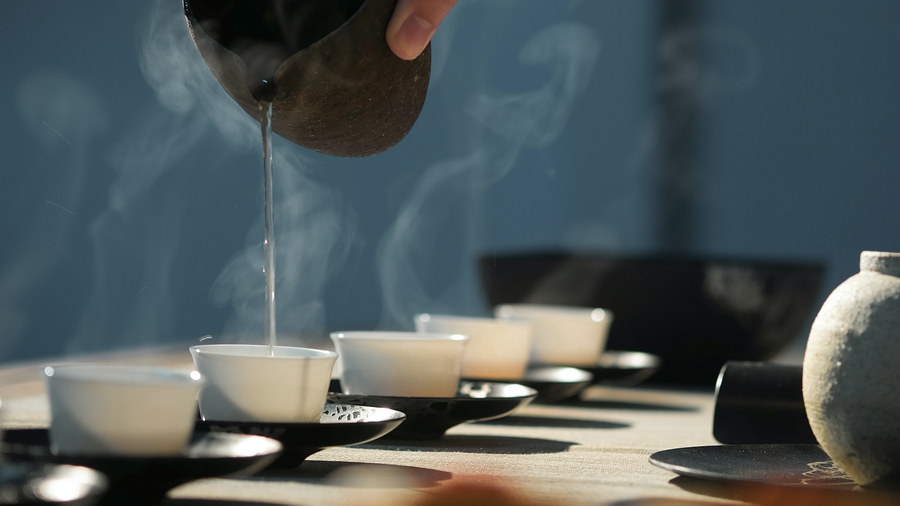· 2 min read
Exploring Japanese Culture: Customs and Traditions
Discover the fascinating world of Japanese culture by learning about customs, traditions, and etiquette that enrich your language learning experience.

Dive into the fascinating world of Japanese culture by learning about customs, traditions, and etiquette that will enhance your language learning journey.
Bowing: A Sign of Respect
Bowing is an integral part of Japanese culture and is used to show respect, gratitude, and humility. The depth and duration of a bow depend on the social context and the relationship between the individuals involved.
Different Types of Bows:
- Eshaku (会釈): A casual bow, performed at a 15-degree angle
- Keirei (敬礼): A respectful bow, performed at a 30-degree angle
- Saikeirei (最敬礼): A deep bow, performed at a 45-degree angle
Japanese Tea Ceremony: A Ritual of Hospitality
The Japanese tea ceremony (chadō or sadō, 茶道) is a time-honored tradition that reflects the country’s deep-rooted appreciation for the aesthetics of simplicity and tranquility. It involves the ceremonial preparation and presentation of matcha (抹茶), a powdered green tea.
Key Components of the Tea Ceremony:
- Chashitsu (茶室): The tea room
- Chawan (茶碗): Tea bowl
- Chasen (茶筅): Tea whisk
- Chakin (茶巾): Tea cloth
- Chashaku (茶杓): Tea scoop
Gift Giving: A Symbol of Appreciation
Gift giving is an important aspect of Japanese culture, and there are specific customs to follow when presenting or receiving gifts.
Dos and Don’ts of Gift Giving:
- DO: Wrap the gift in high-quality paper
- DO: Present the gift with both hands
- DON’T: Give gifts in sets of four, as the number is considered unlucky
- DON’T: Open the gift in front of the giver unless they insist
Japanese Table Manners: Respectful Dining
Proper table manners are essential in Japanese culture, and observing etiquette is a sign of respect for your host and fellow diners.
Key Table Manners:
- Hold chopsticks correctly and avoid pointing them at others
- Say itadakimasu (いただきます) before eating and gochisōsama (ごちそうさま) after finishing
- Don’t pour soy sauce directly onto rice or sushi
- Use the reverse end of your chopsticks when taking food from a shared dish
By understanding and appreciating these customs, traditions, and etiquette, you will deepen your connection with Japanese culture and enhance your language learning journey.